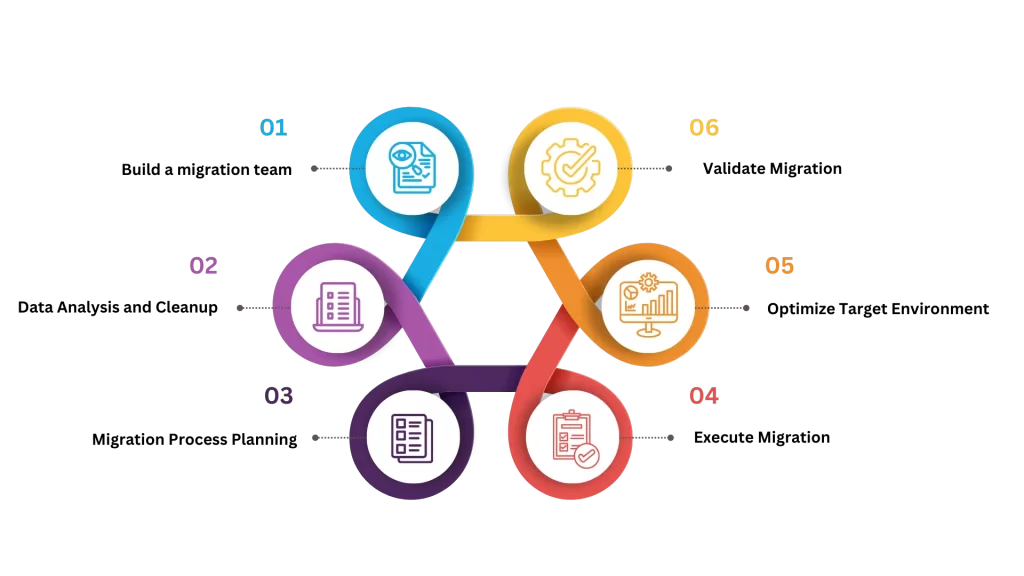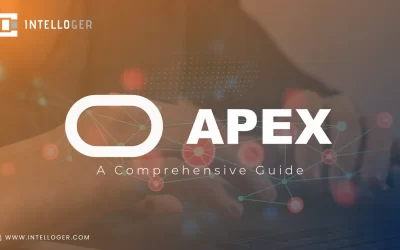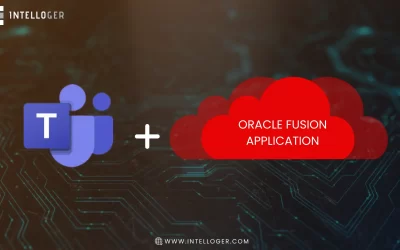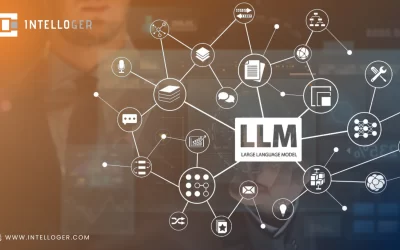Oracle ERP Data Staging: From Start to Finish
What is your reason for wanting to migrate functionality and data that are already operational in an Oracle ERP instance?
The most common reason is a migration to a new ERP. Mergers and acquisitions can also account for many projects where the new entity wants to use one single ERP for all subsidiaries.
In every case, Oracle ERP and data staging are unique events in your corporate life. It’s not business as usual. And the sooner it’s done, you can get back to business as usual—only better and faster.
Key elements of an Oracle ERP and data staging project
What is your reason for wanting to migrate functionality and data that are already operational in an Oracle ERP instance?
The most common reason is a migration to a new ERP. Mergers and acquisitions can also account for many projects where the new entity wants to use one single ERP for all subsidiaries.
In every case, Oracle ERP and data staging are unique events in your corporate life. It’s not business as usual. And the sooner it’s done, you can get back to business as usual—only better and faster.
Staging for an upgrade or migration: tips for success!
It’s no secret that a migration project needs tight planning, a close partnership between all parties, and excellent communication. You just have to do it! (At Intelloger, we are good at this.)
Certainly, there are various analysis and migration tools. However, correct tool usage still needs deep business process knowledge and migration experience between various ERPs.
Beyond the basics, Oracle migration projects require human judgment for the inevitable Oracle ERP “entropy” faced by any project team. Data quality, customizations, and complex mappings await!
Migrate Oracle to Target in Six Steps
Planning, preparation, and collaboration are crucial for any successful migration! Here is a high-level outline showing the steps followed by the Intelloger Oracle team over multiple client migrations.

1. Build a Migration Team
Assemble a dedicated team to manage the entire process from start to finish. Include experts in Oracle ERP and target technologies, as well as business analysts and operations staff from source and target.
2. Data Analysis and Cleanup
- Identify the source data set(s) with cutoff dates, open item policies, etc., by modules.
- Specify security and privacy protocols and their applicability.
- Source data inventory analysis for data and record volumes and model customizations.
- Source data analysis for data quality, driving deduplication, and other source transformations.
- Source data analysis specifically to identify any new transformations required for the target.
3. Migration Process Planning
- Test different migration strategies for the best client fit.
- Migration strategies must balance data volumes and resource availability, including downtime, networking, and any compatibility issues.
- Different “migration models” may include single or parallel runs during go-live.
- Include any security or privacy constraints.
- Plan timings, steps, and milestones, with validations.
4. Execute Migration
- Execute migration according to timings, steps, milestones, and validations, with close coordination.
- All specified data, applications, and configurations will be migrated.
5. Optimize Target Environment
- Optimize the receiving environment for performance and scalability.
- Fine-tune settings, configure resources and ensure efficient utilization.
6. Validate Migration
- Thoroughly validate the migrated data and applications. Test functionality, security, and integration.
- Address any issues or discrepancies.
For more information on technology insights and services, please contact Intelloger.
Recent Posts
- Oracle ERP and Data Migration Services for Organizations Moving to and From Oracle ERP
- Empowering Application Development with Oracle APEX: A Comprehensive Guide
- Wireless Mesh Networks: Empowering Industrial IoT Applications
- Intelloger and Quantum Phinance Forge Strategic Partnership to Empower Businesses with Streamlined Financial Operations
- Extending UI Integration for Additional Business Objects in Oracle Fusion Applications




